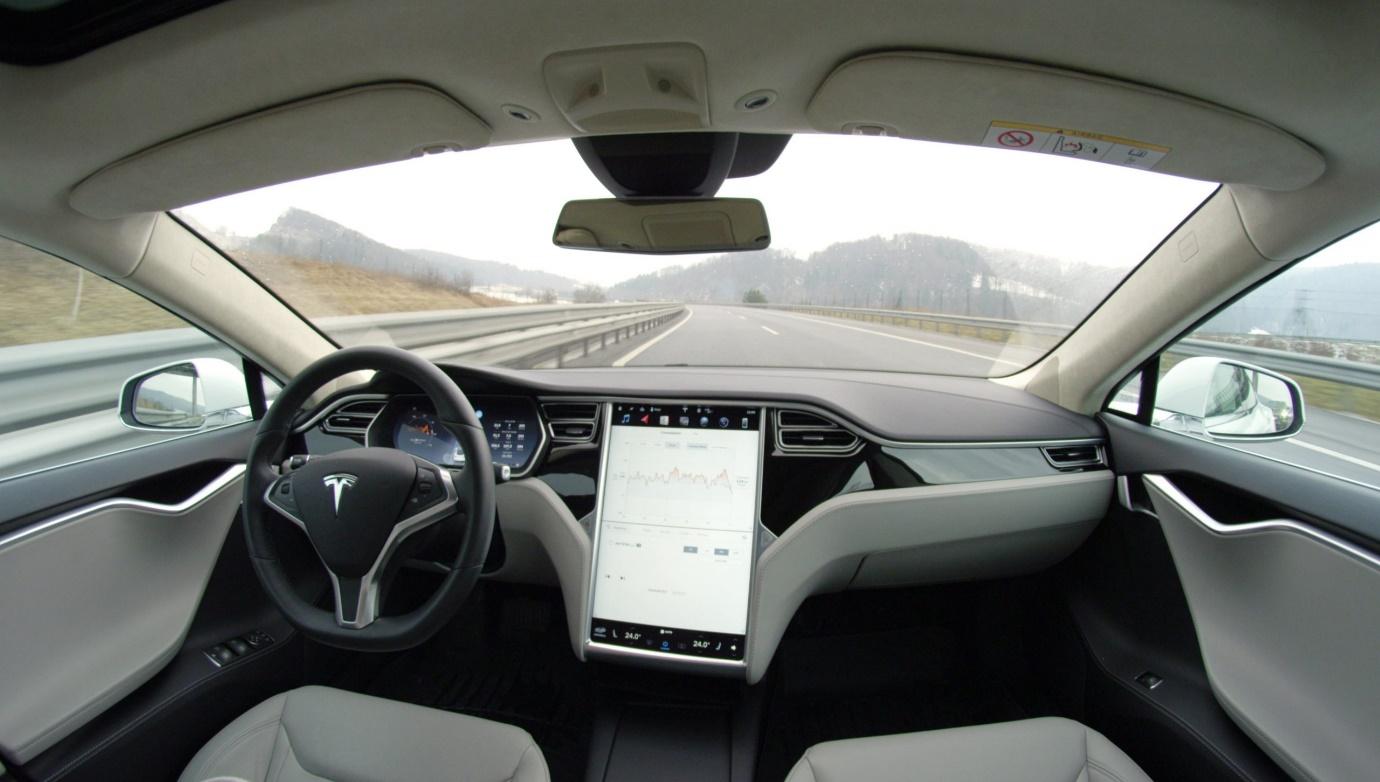In the past few decades, the advancement of technology has transformed our world in ways that were once thought impossible. One such marvel that has captured our imagination is the concept of self-driving vehicles. Gone are the days when driving was solely the responsibility of humans; we are now on the cusp of a transportation revolution that promises safer roads, reduced traffic congestion, and increased accessibility. In this blog post, we will explore the exciting realm of self-driving vehicles, delving into their technology, benefits, challenges, and the potential impact they could have on our daily lives.
The Mechanics of Self-Driving Technology
At the heart of self-driving vehicles lies a complex web of cutting-edge technologies that work in tandem to mimic human driving capabilities. These technologies include sensors such as LiDAR (Light Detection and Ranging), radar, cameras, GPS, and sophisticated onboard computers. LiDAR sensors, for instance, create detailed 3D maps of the vehicle’s surroundings, while radar and cameras help identify objects, pedestrians, and other vehicles. These inputs are processed by AI algorithms, allowing the vehicle to make real-time decisions on acceleration, braking, and steering.
Machine Learning and Artificial Intelligence
One of the key driving forces behind self-driving technology is machine learning, a subset of artificial intelligence. Machine learning algorithms enable self-driving vehicles to learn from vast amounts of data, making them progressively better at understanding and navigating complex environments. Neural networks, deep learning, and reinforcement learning are all crucial components that enable the vehicle to perceive its surroundings, anticipate obstacles, and adapt to dynamic situations.
Safety First: The Promised Benefits
The primary allure of self-driving vehicles lies in their potential to drastically enhance road safety. Human errors, such as distracted driving, speeding, and impaired driving, are responsible for the majority of accidents on our roads. Self-driving vehicles, with their advanced perception systems and lightning-fast reaction times, have the potential to significantly reduce accidents and save countless lives.
Moreover, Taipei Self-Driving Gharry vehicles can revolutionize transportation accessibility for individuals with mobility challenges. Elderly individuals, people with disabilities, and those who are unable to drive for various reasons can regain their independence, as self-driving vehicles offer a new level of mobility and autonomy.
Reduced Traffic Congestion and Environmental Impact
Imagine a world where traffic jams are a thing of the past. Self-driving vehicles have the potential to alleviate traffic congestion by communicating with each other and optimizing traffic flow. These vehicles can anticipate traffic patterns, making split-second decisions to avoid congested routes and ensuring a smoother driving experience for all. Additionally, the reduction in aggressive driving and traffic incidents could lead to improved fuel efficiency, subsequently reducing greenhouse gas emissions and the overall environmental impact of transportation.
Challenges on the Road to Autonomy
While the promises of self-driving technology are tantalizing, there are significant challenges that must be overcome before these vehicles can become a ubiquitous presence on our roads.
- Ethical Dilemmas: Self-driving vehicles are programmed to prioritize safety above all else. However, this raises ethical questions: in a no-win situation like Çeviit, how does the vehicle decide between protecting its occupants and minimizing harm to others?
- Regulation and Legislation: The legal and regulatory framework for self-driving vehicles is still in its infancy. Establishing clear guidelines and standards for autonomous vehicles is crucial to ensure their safe integration into existing traffic systems.
- Technical Complexity: Despite rapid advancements, the technology powering self-driving vehicles is complex. Ensuring that the AI systems can handle all possible scenarios, including extreme weather conditions and unexpected events, is a monumental task.
- Cybersecurity Concerns: With increased connectivity comes the risk of cyberattacks. Hackers targeting self-driving vehicles could potentially cause accidents or even engage in acts of terrorism.
- Human Interaction: How humans interact with self-driving vehicles on the road remains an open question. Clear communication between self-driving cars and human-driven vehicles, as well as pedestrians, is essential to avoid confusion and ensure road safety.
The Human Element: A Transition Period
As self-driving technology continues to evolve, it’s important to recognize that the transition to fully autonomous vehicles will not happen overnight. Many vehicles will likely feature varying levels of automation, requiring human intervention in certain situations. This period of coexistence between human-driven and self-driving vehicles will be critical for testing and refining the technology, as well as for addressing potential challenges and concerns.
Conclusion
The journey toward fully autonomous self-driving vehicles is a thrilling one, filled with promises of safer roads, reduced congestion, and increased accessibility. While there are certainly hurdles to overcome, the remarkable progress that has been made in recent years is undeniable. As technology continues to advance and society adapts to these changes, we stand on the precipice of a transportation revolution that has the potential to reshape our world for the better. Whether we’re ready or not, the self-driving future is approaching, and it’s bound to be an exhilarating ride.
Frequently Asked Questions
Q1: What are self-driving vehicles?
A1: Self-driving vehicles, also known as autonomous vehicles or driverless cars, are vehicles equipped with advanced technologies that allow them to navigate and operate without human intervention. These vehicles use a combination of sensors, cameras, radar, LiDAR, GPS, and artificial intelligence (AI) algorithms to perceive their surroundings, make real-time decisions, and navigate through various traffic situations.
Q2: How do self-driving vehicles work?
A2: Self-driving vehicles use a complex system of sensors to gather information about their surroundings. This data is processed by AI algorithms that analyze the environment, identify obstacles, and make decisions on how the vehicle should react – such as accelerating, braking, and steering. Machine learning techniques play a crucial role, as the vehicles continuously learn from their experiences and improve their driving capabilities over time.
Q3: Are self-driving vehicles safe?
A4: The safety of self-driving vehicles is a top concern for both developers and regulators. While the technology holds the promise of reducing human-related accidents, there have been instances of accidents involving self-driving vehicles during testing. Developers are working to improve the technology’s reliability and to ensure that self-driving vehicles can handle a wide range of scenarios, including unpredictable situations.



